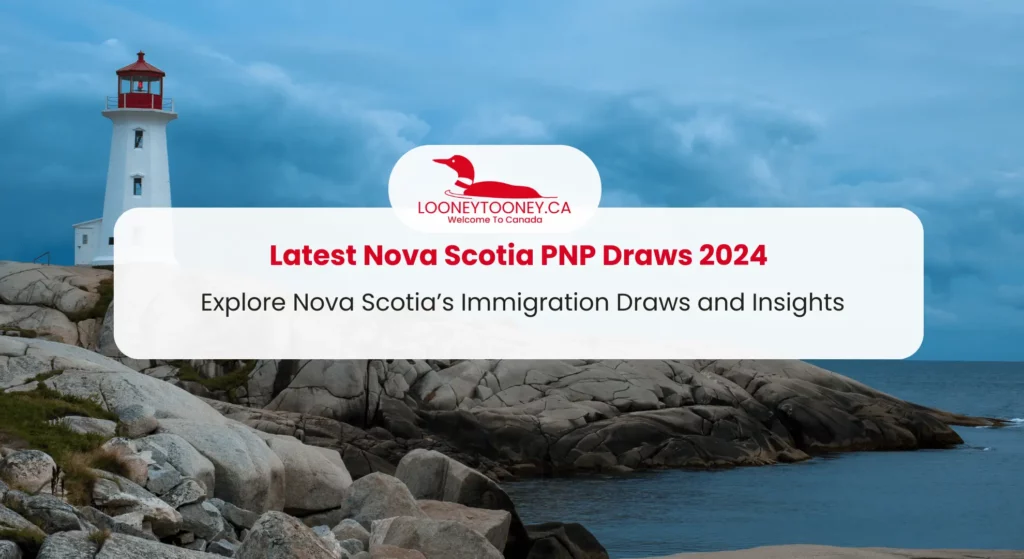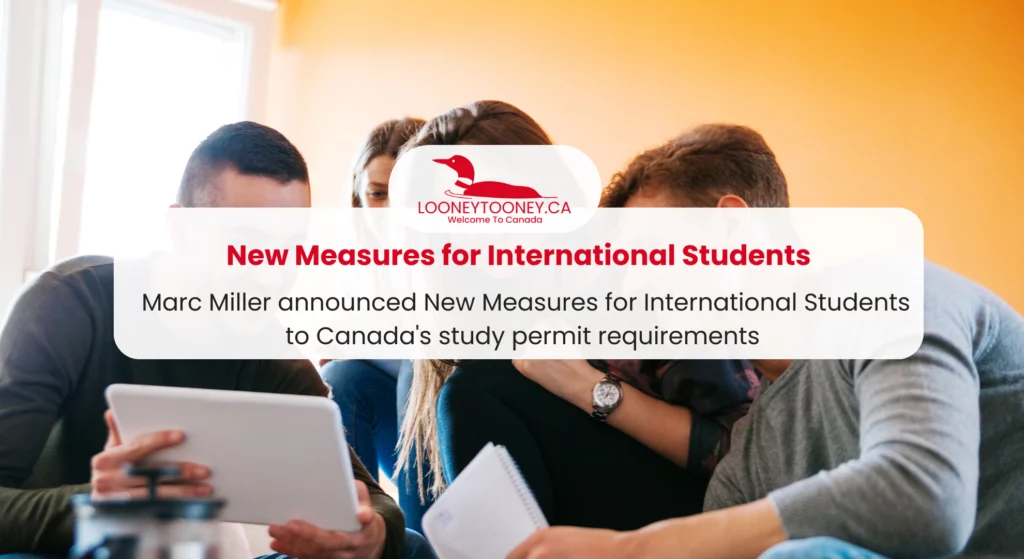Amidst a buzz of conversations echoing from coast to coast, Canada’s contemplation of capping international student numbers in response to a housing crisis has taken the spotlight. Exploring the details of this idea, its practicality, and the potential effects it could have on future study visa applicants is now a focal point.
Is Capping International Students a Viable Solution?
As Canada deals with a serious housing issue, people are asking whether the high immigration goals set by the Liberal government are affecting the situation. This concern has become more prominent as ministers shift from immigration to housing roles. While past and current ministers highlight the role of immigrants in addressing the housing problem, the idea of putting a limit on international students is now on the table.
Exploring the Feasibility: Can Imposed Limits Address the Issue?
The idea of putting a limit on international students is currently under review by the Liberal cabinet. This idea comes from the desire to ease the pressure on rental homes, which has gotten worse due to the increase in students. Even though talks are still happening, there hasn’t been a definite plan so far. Minister Sean Fraser acknowledges this consideration as one of the options to be explored, signaling a willingness to address the issue.
Challenges and Counterarguments
The suggestion of capping international students has encountered opposition from various quarters. In Quebec, for example, they claim authority over education and emphasize that restricting student visas is not a solution within their purview.
“Quebec does not intend to impose a cap on the number of foreign students in its jurisdiction. Although issuing study permits is the responsibility of the federal government, education is the exclusive power of Quebec. It’s up to Quebec and its educational institutions to determine the number of people they can accommodate.”
– Alexandre Lahaie, a spokesperson for Quebec Immigration Minister Christine Fréchette
Universities and colleges also resist, arguing that students shouldn’t be held responsible for the housing crisis. Colleges and Institutes Canada highlights that although the introduction of a cap on international students may provide temporary relief, it could lead to lasting adverse effects on our communities. This includes the potential to worsen current labor shortages. Furthermore, it is important to note that students are not to blame for Canada’s housing crisis; they are among those most impacted.
Complex Implementation: How Would a Cap Be Implemented?
The process of putting such a cap in place is complex because of jurisdictional limitations. Minister Fraser acknowledges the necessity of collaboration with provincial governments and educational institutions.
“There’s conversations I’ve had on a range of different options with [Immigration] Minister Miller. There’s some work that we’re looking at how to better partner with institutions… but I don’t think we should be afraid to talk openly about the different options that we ought to consider.”
– Sean Fraser
Canada’s Broader Immigration Goals
It’s worth noting that Canada, which has a population of around 39.5 million people, plans to take in a record 500,000 new permanent residents in 2025. Minister Fraser emphasizes that limiting the number of newcomers is not the answer.
“The international student program is extraordinary. It serves Canada’s interests, it contributes tens of billions of dollars to our GDP, and it provides a pipeline of young and talented people who will be Canadian one day, but… the people who come need to be better supported.”
– Fraser
Future Implications: What Lies Ahead?
As study permit applications to Canada increase, the country is preparing to welcome more international students. However, managing this rise alongside housing needs presents a significant challenge. While considering the possibility of capping international students might seem reasonable, the goal isn’t to restrict opportunities for foreign students. Instead, it revolves around aligning admissions with available accommodations.
Concluding Insights: Balancing Aspirations and Realities
The ongoing contemplation of capping international students in Canada underscores a multifaceted discussion. In this intricate landscape, the government seeks a resolution that harmonizes the urgent need to tackle the housing crisis while upholding the aspirations of global students. The intricacies involve opposition, jurisdictional intricacies, and capacity challenges, all intertwining in this crucial dialogue. Ultimately, the destiny of international students in Canada relies on the decisions emerging from these discussions, shaping a route that steers through both hopes and practicalities.
If you are interested in learning more about “Latest News on Students”, stay tuned to LooneyTooney.ca. Brace yourself to remain connected with the most current updates and profound understandings!
Check our special interview series:
- “With 10 years of experience back home, finding a job seemed easy. Reality was different.”- Syed Rayhan Kawsar
- “I left India to chase my dream course at the University of Toronto.”- Devavrat Jayant, Student, U of T
- “I did cash jobs because my 2 million loan kept me up at night”
- “From 1 pm to midnight, I kept sending resumes everywhere I could, hoping to find a part-time job.”- Ojaswin Singh





